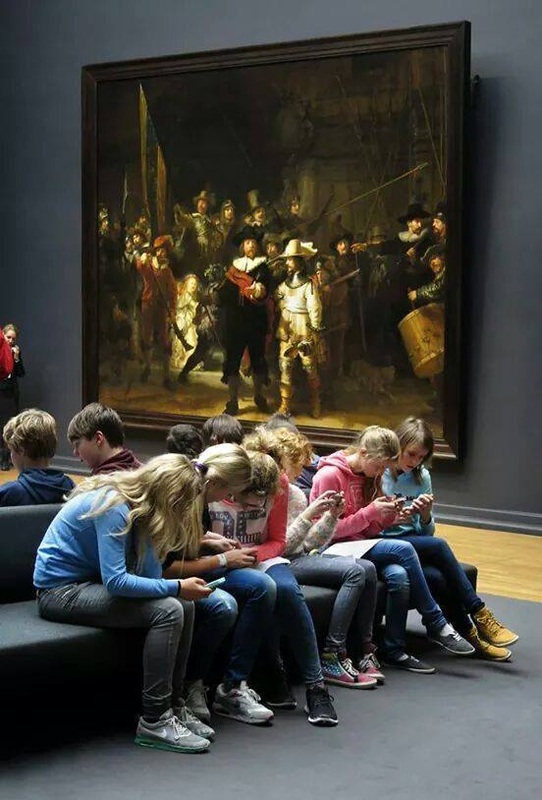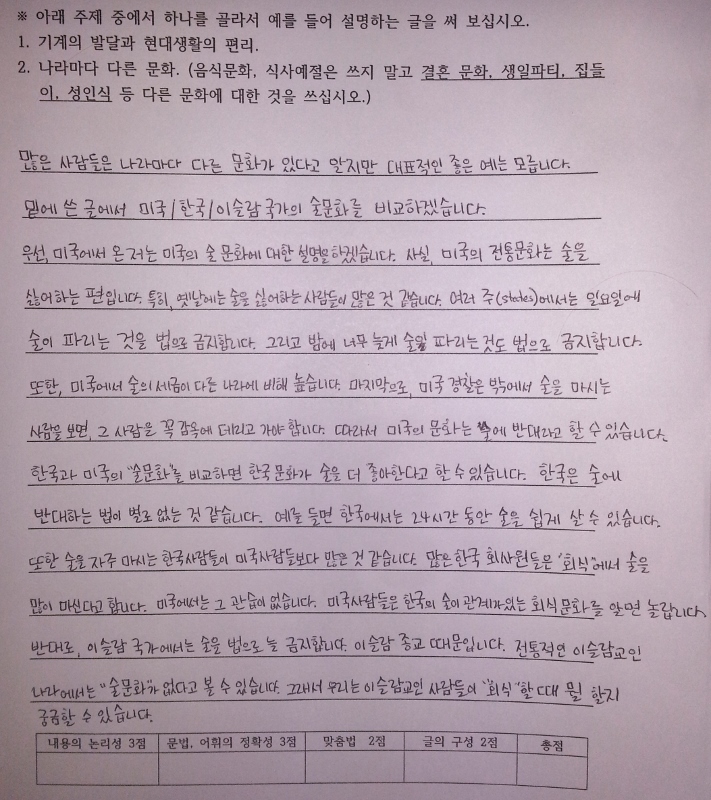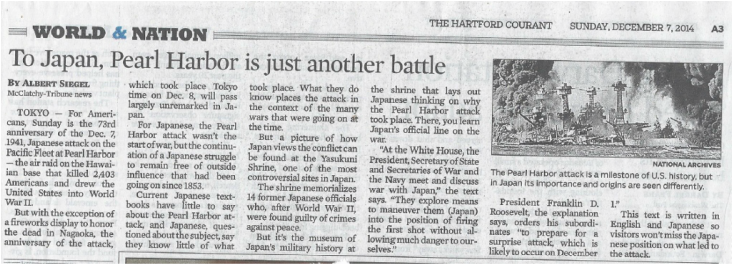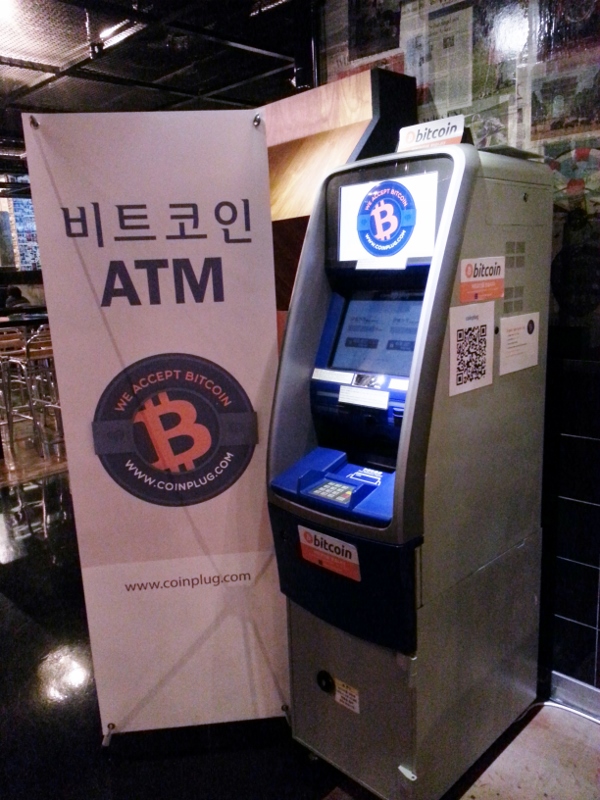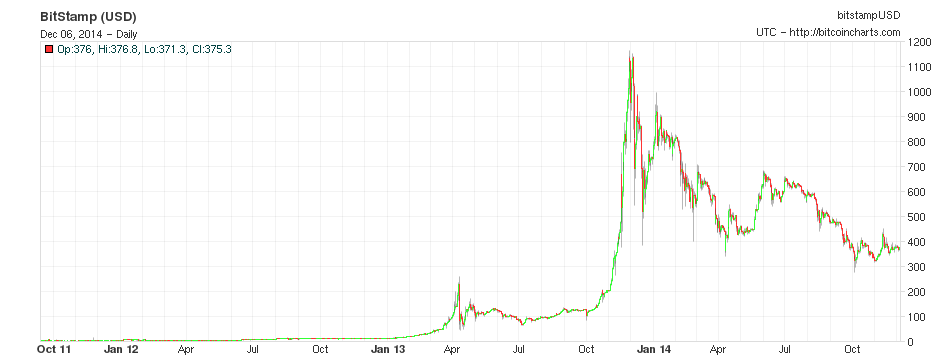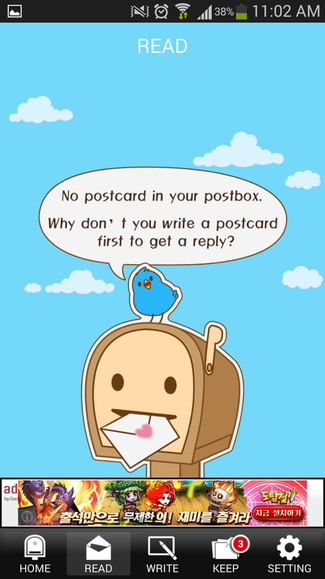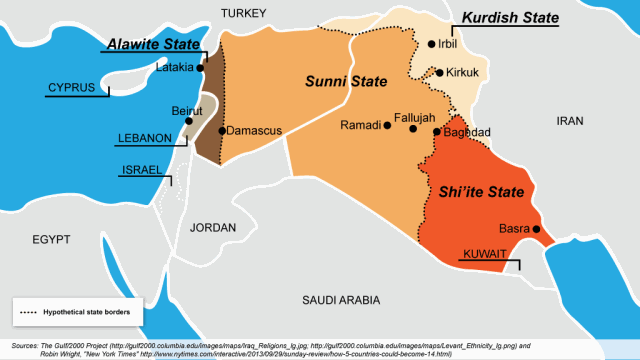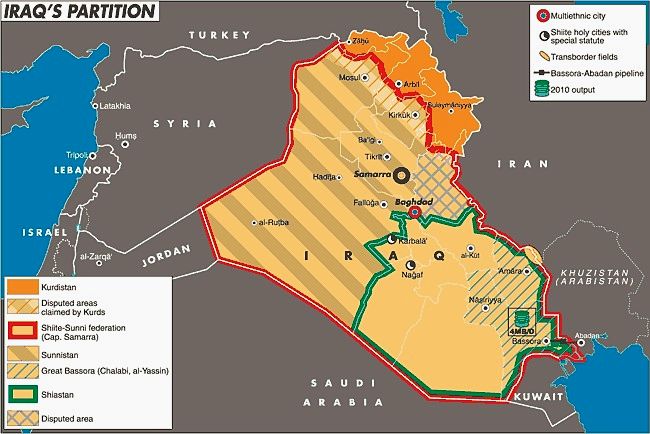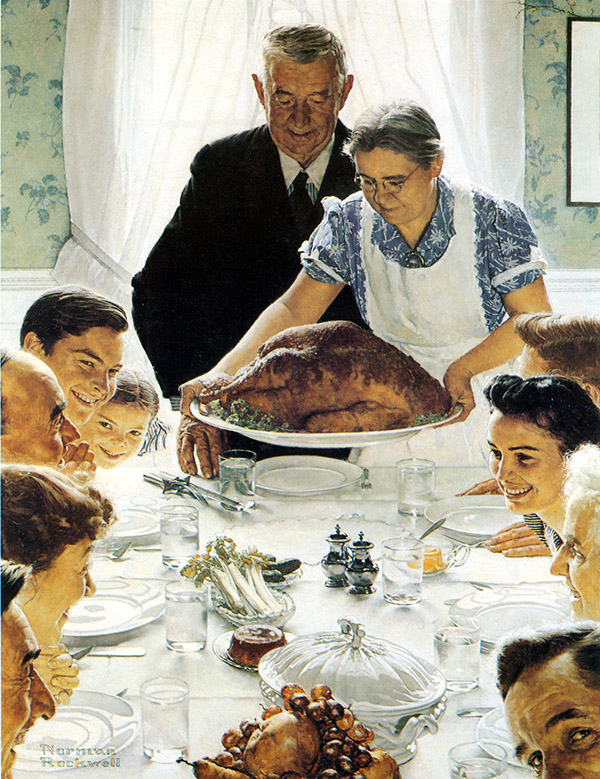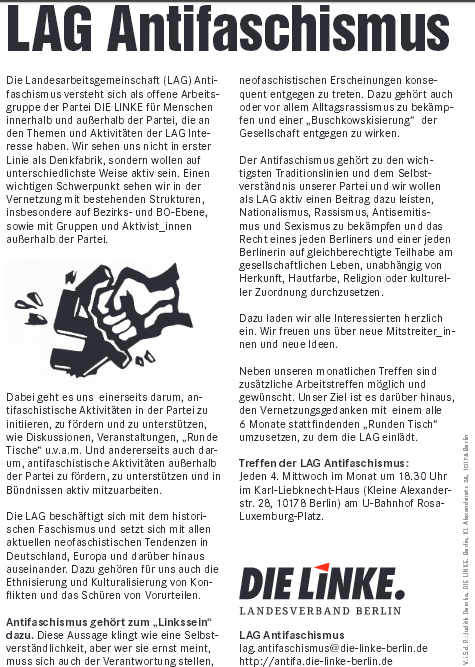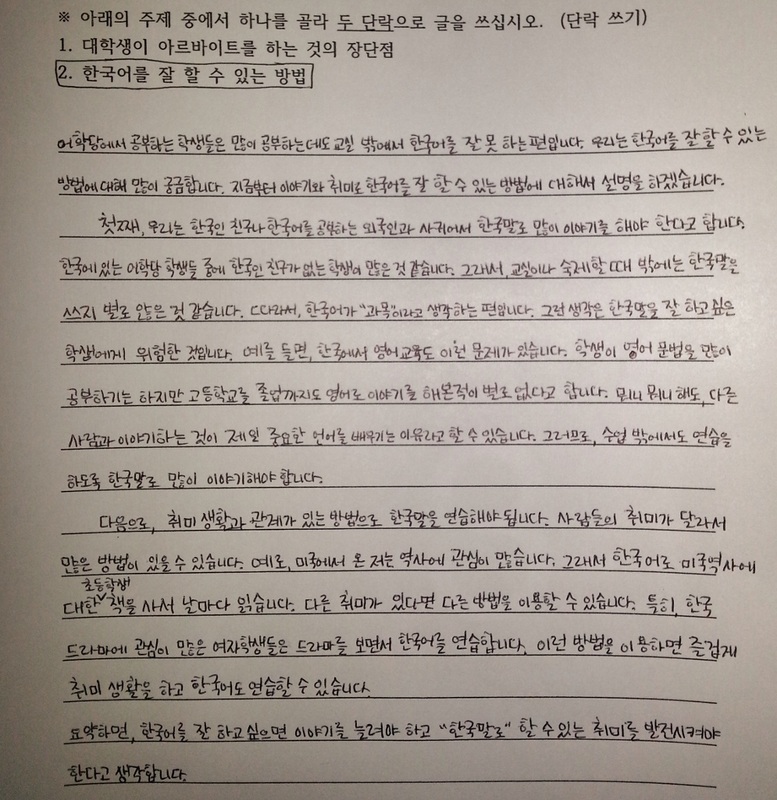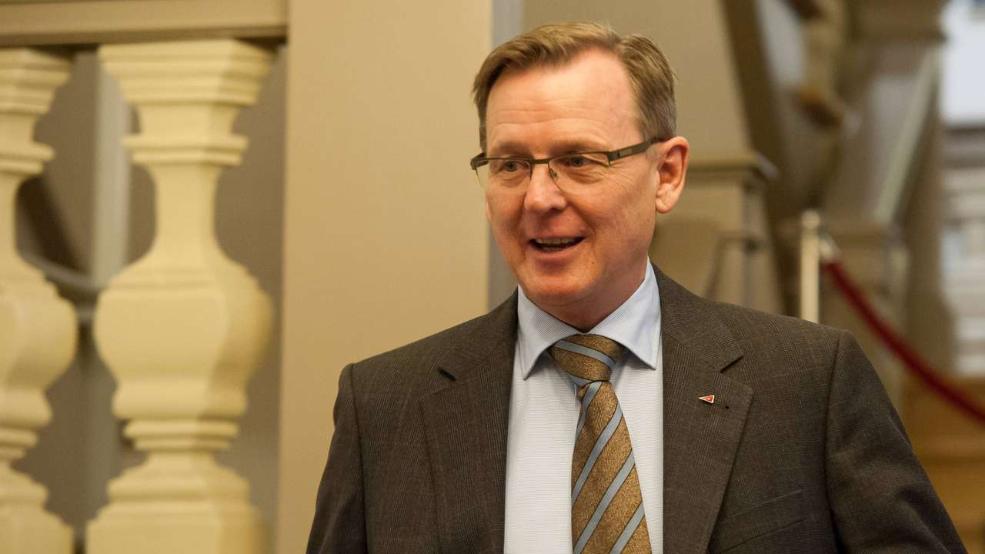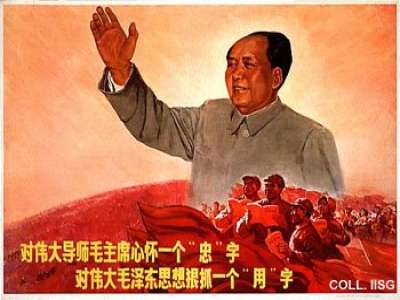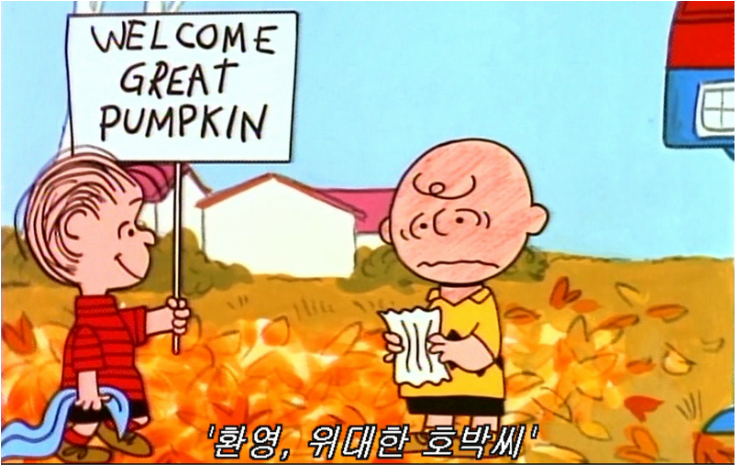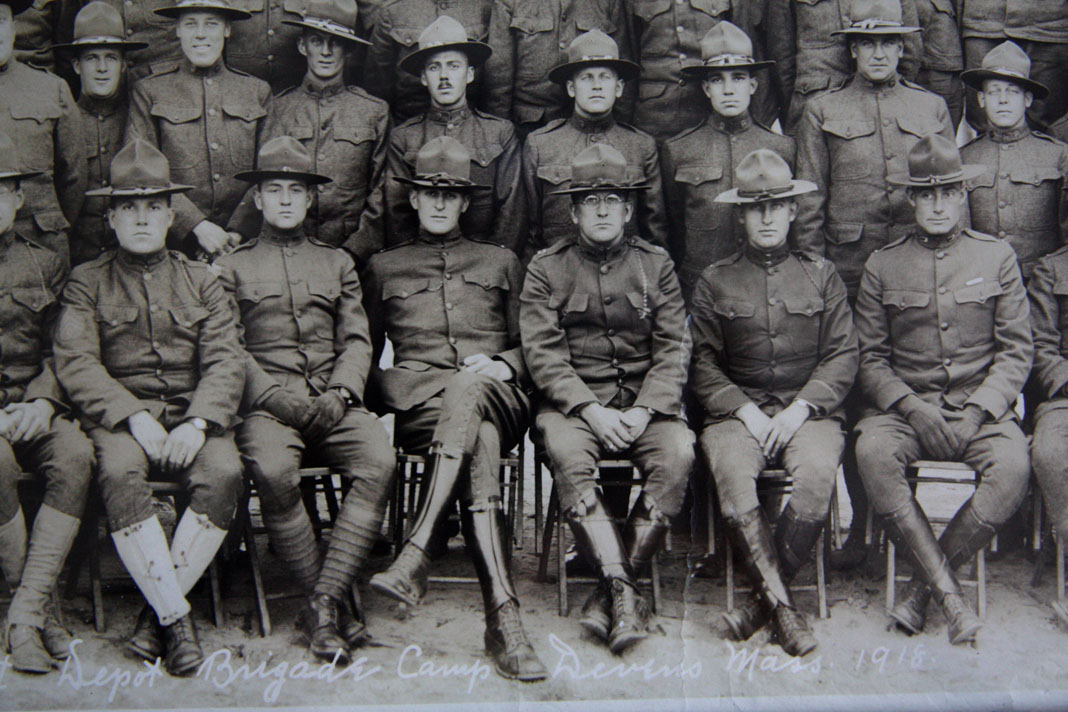The interesting thing is that good ol’ Bodo is a product of the West. He was born, raised, and educated in West Germany, I read. He moved to East Germany after right the fall of the wall and immediately got involved with the revived SED (the Communist ruling party of East Germany through 1989) which was then calling itself “the Party for Democratic Socialism” (PDS) and which now calls itself “die Linke” (The Left).
Bodo will take the helm as “Minister President” of Thuriginia following that state’s election in fall 2014. Here are the results, with my attempt to transliterate onto U.S. politics:
- [91 seats allocated, based on a mixed system of proportional voting and U.S.-style “most votes wins” contests:]
-
34 won by the CDU (Christian Democratic Party, akin to moderate U.S. Republicans) [37% of seats]
- 28 won by Die Linke (successor of the East German Communist Party) [31% of seats]
-
12 won by the SPD (Social Democrats, akin to the left-wing of the U.S. Democrats) [13%]
- 11 won the AfD (a new party, “Alternative for Germany”, similar to the U.S. Tea Party circa 2010) [12%]
- 6 won by the Green Party [7%]
- 0 seats were won by the Free Democratic Party (akin to the free-market wing of the Republican Party)
- 9.7% of voters voted for parties that won no seats (including the FDP) due to the “5%-threshold rule”. (Most of the usual FDP voters voted for the new AfD party this time.)
A coalition government is to be formed unless one party gets a majority, and that never happens in Germany. Any group of parties, if their combined seats constitute a majority of the legislature, can form a government. If you count these up, you’ll see that the Linke [31% of seats] and SPD [13%] and Greens [7%] have a 51% majority, so they can exclude the CDU and AfD. The thing is, the Linke “neo-Communists” are a majority of this ruling coalition, so it’s only fair that their guy, Bodo, becomes the formal leader.
Communists and Anti-Communists in Berlin
I was in Berlin, Germany for most of 2007. I remember noticing how much the continued presence within German politics of the “neo-Communist” (die Linke) annoyed certain factions in Germany. The party’s remains strong in the east, where older people’s votes keep it a significant force.
This all reminds me of the high energy of street politics in Germany. Radicals were kinetically active in a way I never saw in the U.S. or anywhere else. Stickers, leaflets, posters, and graffiti were everywhere. It meant that people took this stuff seriously. A lot of it was clever. “Political subculture people” were also easy to spot by their manners of dress, manners of carrying themselves, places they’d hang around, and even haircuts.
I still have, somewhere, a booklet-manifesto somebody who called himself a professor handed me. It was in German, and expounded his theories on why we need Marxism now more than ever, from what I could gather. He was standing on a street corner but as street-corner people go, he seemed normal. We talked a short while. He realized after a short exchange that I was not a German native speaker. I lied and told him I was from Denmark, which he seemed to accept. I ended up walking away with not only his cream-colored booklet containing his Marxist manifesto, but also an equal-sized cream-colored booklet on Buddhism. I think he’d written both. I think his name was something like Rolf.
Anyway, this stuff made life interesting.
I made a habit of studying any political graffiti or suchlike that I found in Berlin. I recall one leaflet, produced I expect by right-wing radicals, that said something very close to “Zwei Jahrzehnte Nach Mauerfall, Kommunisten noch überall!” (“Two decades after the fall of the wall, Communists still rule us!”). This cleverly rhymes in German. It was in reference to the fact that the “neo-Communist” Party (to which the above-pictured Bodo Ramelow belongs) was then in coalition with the SPD ruling Berlin. Accompanied was a cartoon picture of a man smashing a red star with a sledgehammer. This kind of thing was a common sight in Berlin, though far-left material of the same kind was more common to see.
Update, 11/22: Another part of this above-mentioned anti-communist leaflet comes back to me. In smaller letters, it urged the reader as follows: “Politischer Kampf den Roten Banden” ([Let’s wage] a political struggle against the red thugs). It then identified several communist groups by name (including the political party now called “die Linke”) around the red-star being smashed by the heroic-looking cartoon man.
.
